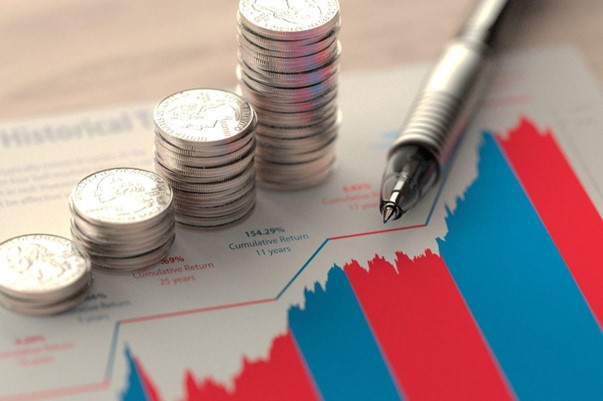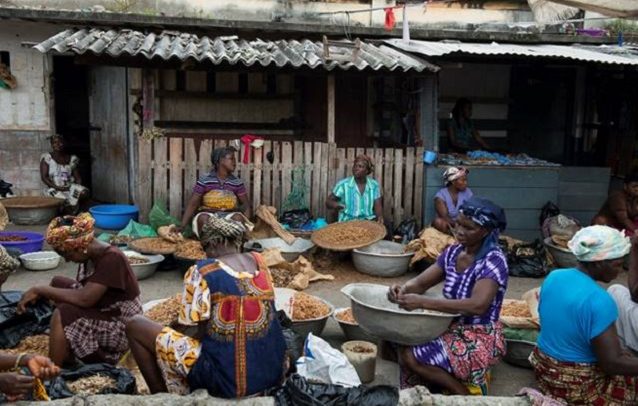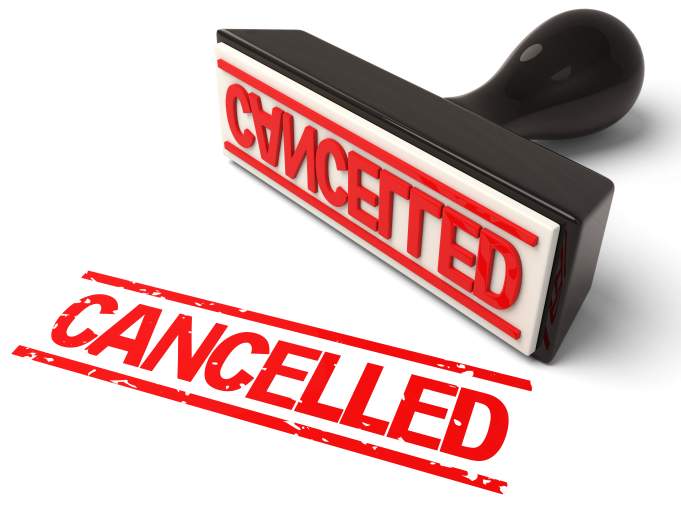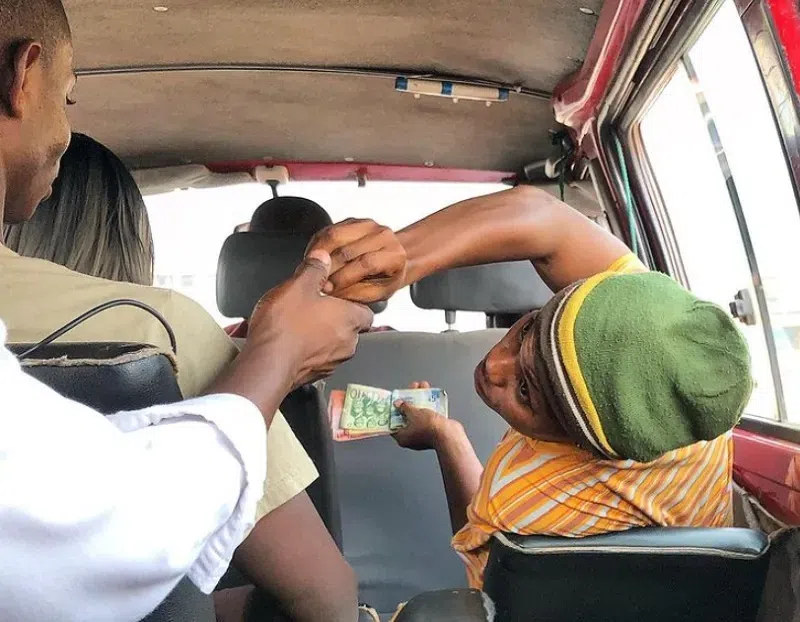
Gold bars fraudulently stamped with the logos of major refineries are being inserted into the global market to launder smuggled or illegal gold; refining and banking executives tell Reuters.
The fakes are hard to detect, making them an ideal fund-runner for narcotics dealers or warlords.
In the last three years, bars worth $50million stamped with Swiss refinery logos, but not actually produced by those facilities, have been identified by all four of Switzerland's leading gold refiners and found in the vaults of JPMorgan Chase & Co., one of the major banks at the heart of the market in bullion, said senior executives at gold refineries, banks and other industry sources.
Four of the executives said at least 1,000 of the bars, of a standard size known as a kilobar for their weight, have been found. That is a small share of output from the gold industry, which produces roughly 2 million to 2.5 million such bars each year. But the forgeries are sophisticated, so thousands more may have gone undetected, according to the head of Switzerland's biggest refinery.
"The latest fake bars ... are highly professionally done," said Michael Mesaric, the chief executive of refinery Valcambi.
He said maybe a couple of thousands have been found, but the likelihood is that there are "way, way, way more still in circulation. And it still exists, and it still works".
Fake gold bars - blocks of cheaper metal plated with gold - are relatively common in the gold industry and often easy to detect.
The counterfeits in these cases are subtler: The gold is real, and very high purity, with only the markings faked. Fake-branded bars are a relatively new way to flout global measures to block conflict minerals and prevent money-laundering. Such forgeries pose a problem for international refiners, financiers and regulators as they attempt to purge the world of illicit trade in bullion.
High gold prices have triggered a boom in informal and illegal mining since the mid-2000s.
Without the stamp of a prestigious refinery, such gold would be forced into underground networks, or priced at a discount. By pirating Swiss and other major brands, metal that has been mined or processed in places that would not otherwise be legal or acceptable in the West - for example in parts of Africa, Venezuela or North Korea - can be injected into the market, channeling funds to criminals or regimes that are sanctioned.
It is not clear who is making the bars found so far, but executives and bankers told Reuters they think most originate in China, the world's largest gold producer and importer, and have entered the market via dealers and trading houses in Hong Kong, Japan and Thailand.
Once accepted by a mainstream gold dealer in these places, they can quickly spread into supply chains worldwide.
Word of the forged bars began to circulate quietly in gold industry circles after the first half of 2017, when J.P. Morgan, one of five banks which finalise trades in the $10 trillion-a-year London gold market, found that its vaults contained at least two gold kilobars stamped with the same identification number, 10 people familiar with the matter told Reuters. Reuters couldn't determine exactly where the vaults were.
Read Full Story















Facebook
Twitter
Pinterest
Instagram
Google+
YouTube
LinkedIn
RSS